On the tallgrass prairies of the American Great Plains, woody shrubs are replacing grasses, and in the aging deciduous forests of the Puget Lowlands, woody shrubs are replacing trees. In our region, the shrubs include native species, especially Salmonberry, but also various invasives including Feral holly, Cherry laurel, and Himalayan blackberry.
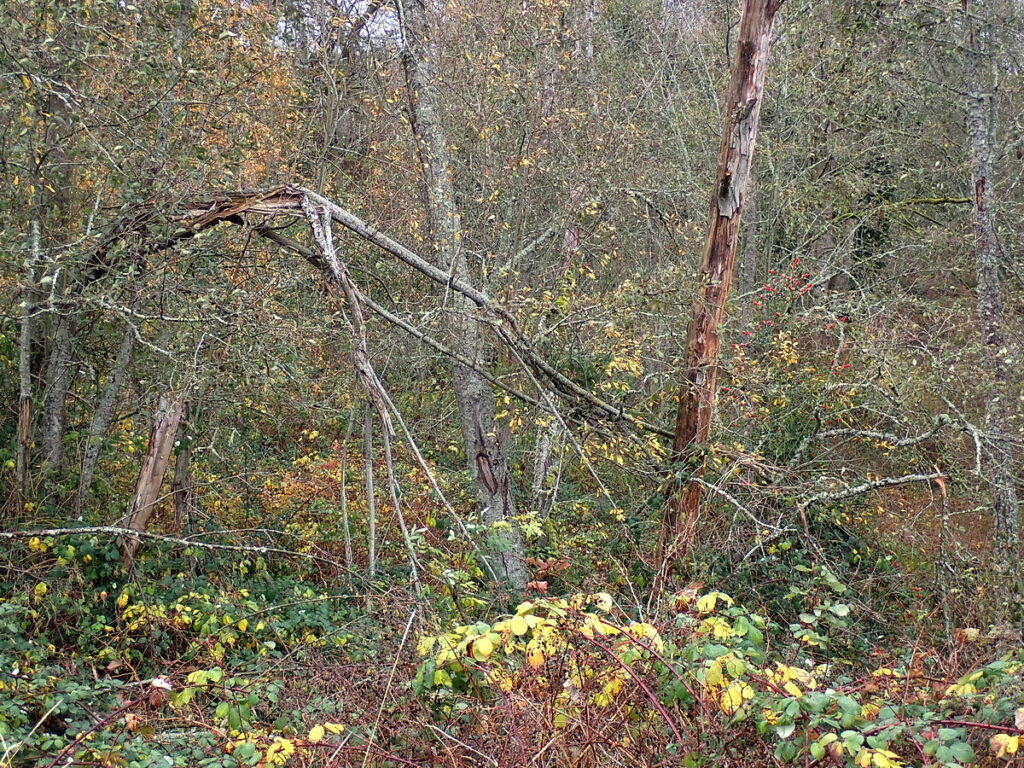
In this post I briefly review our most invasive shrubs (and thicket-forming invasive plants) and general strategies to control them. I’ve included quotes from three excellent books:
- Wild Plants of Greater Seattle by Arthur Lee Jacobson
- Invasive Plants: Guide to Identification and the Impacts and Control of Common North American Species by Sylvan and Wallace Kauffman
- Weeds of the Pacific Northwest by Mark Turner and Sami Gray
Invasive Shrubs and Thicket-Forming Invasive Plants
Feral Holly, Cherry Laurel, and Himalayan Blackberry
Within a few decades, Feral holly (Ilex aquifolium), Cherry laurel (Prunus laurocerasus), and Himalayan blackberry (Rubus armeniacus) may dominate many unmaintained natural areas in the Puget Lowlands.
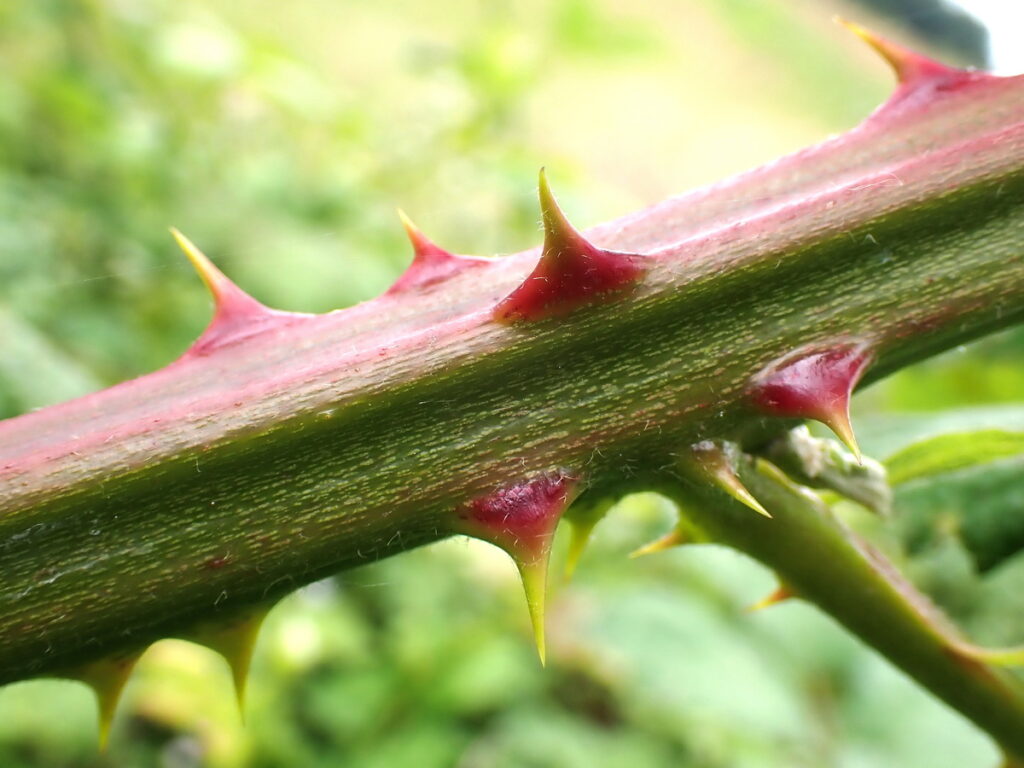

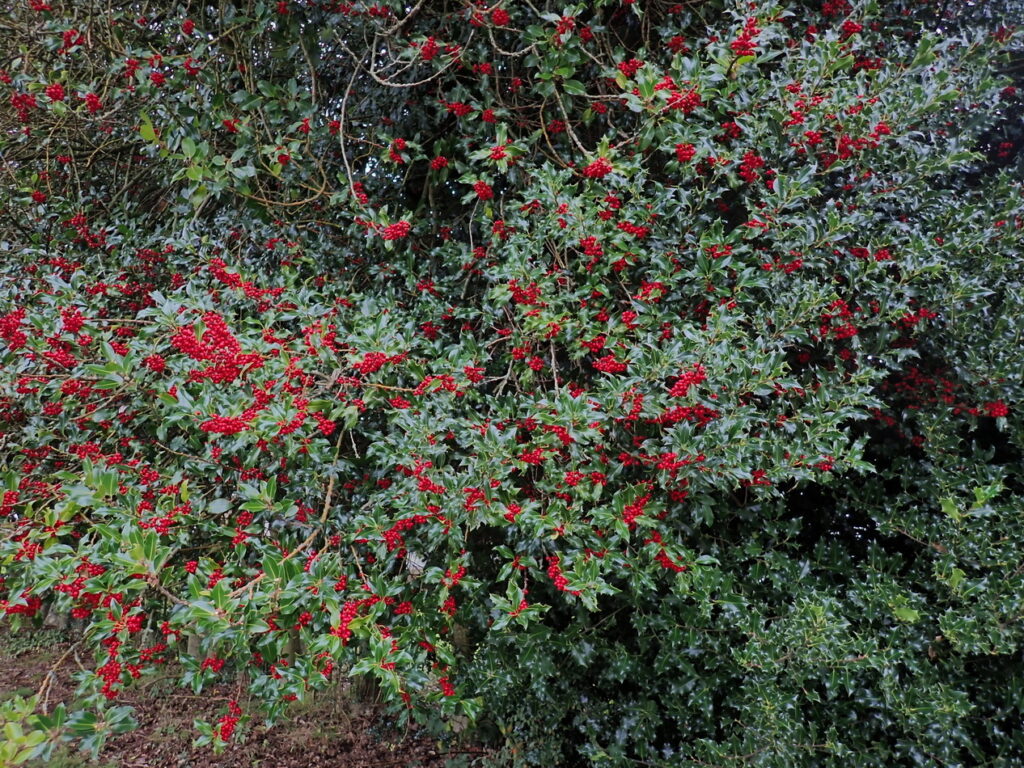
Broom (Various Species)
Four species of broom make the State of Washington’s noxious weed list.
“Most brooms tolerate baking sun and poor soil with easy nonchalance.” (Jacobson page 120)
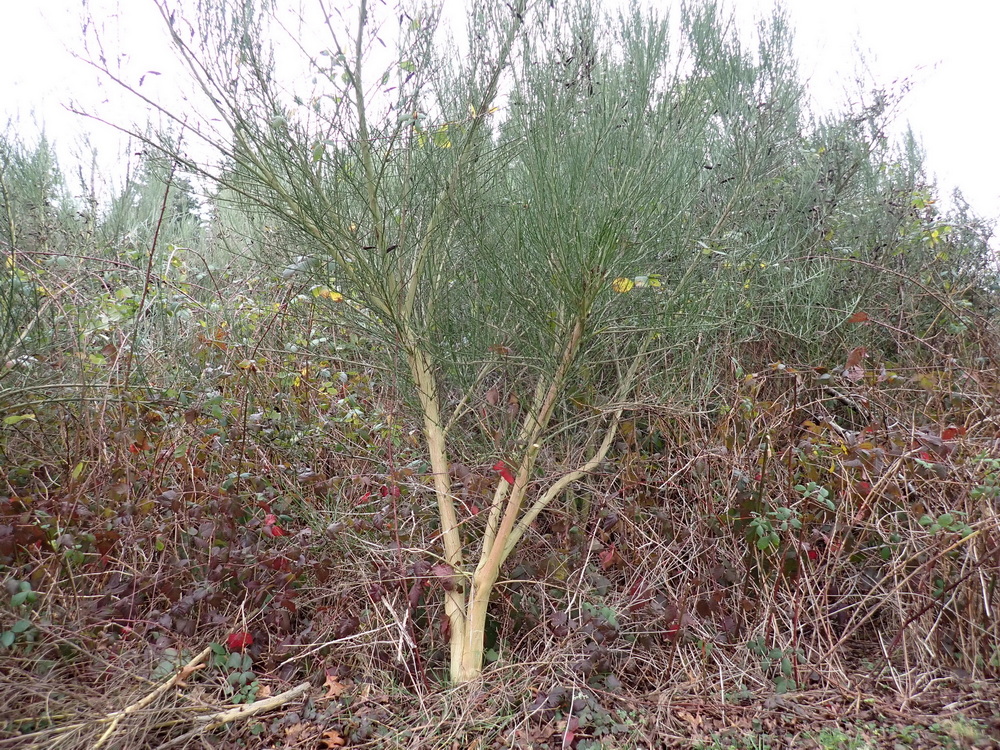
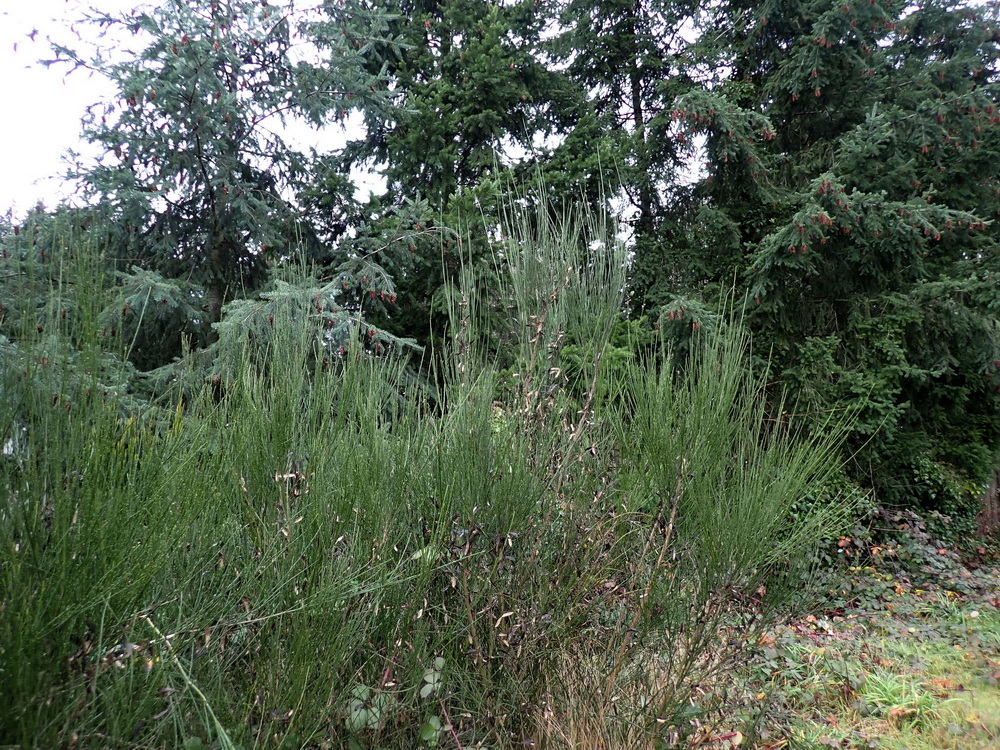
Knotweed (Various Species)
Four different species of knotweed have been listed as Class B noxious weeds in Washington. Though not really shrubs, knotweeds “form dense colonies that crowd out native vegetation and alter plant communities.” (Turner and Gray page 78)
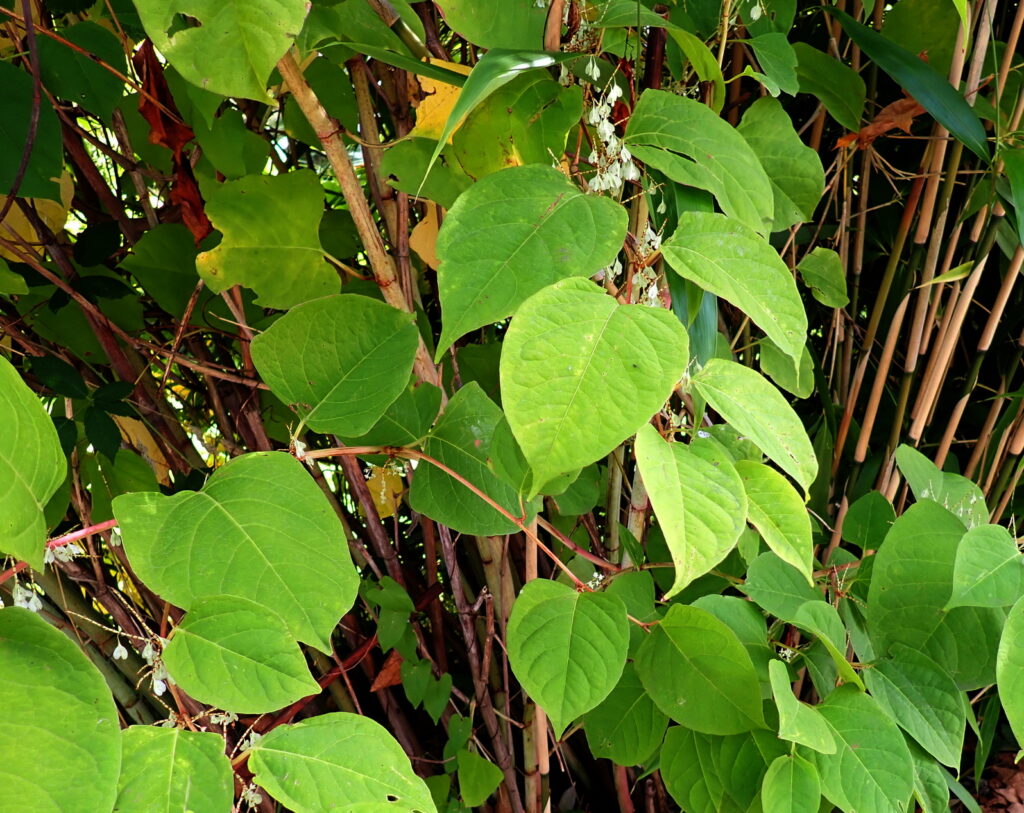
Cutting knotweed to the ground every couple of weeks throughout its growing season can keep it from going to seed, but killing it this way (by exhausting the rhizomes) may take a decade (Kaufman page 161). I have had success using cut-stump treatments in very small patches, but clearing large patches without subsequent dense plantings may result in colonization by other invasive plants like Himalayan blackberry.
Butterfly Bush (Buddleja davidii)
“Butterfly bush runs wild in the Seattle areas as an industrial strength weed.” (Jacobson page 108)
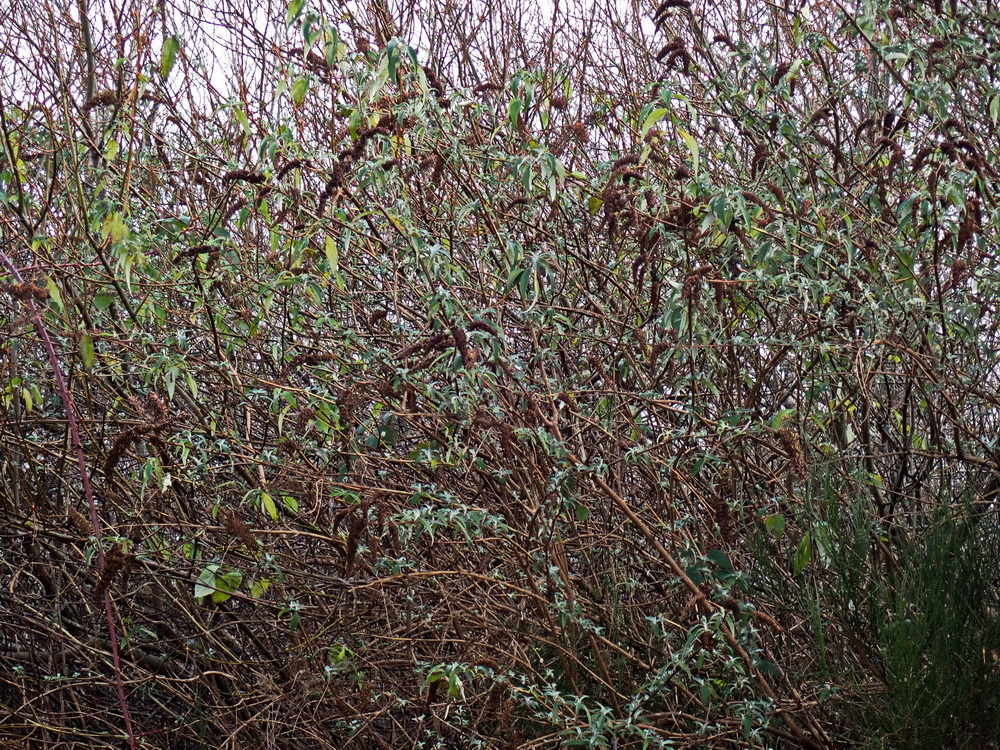
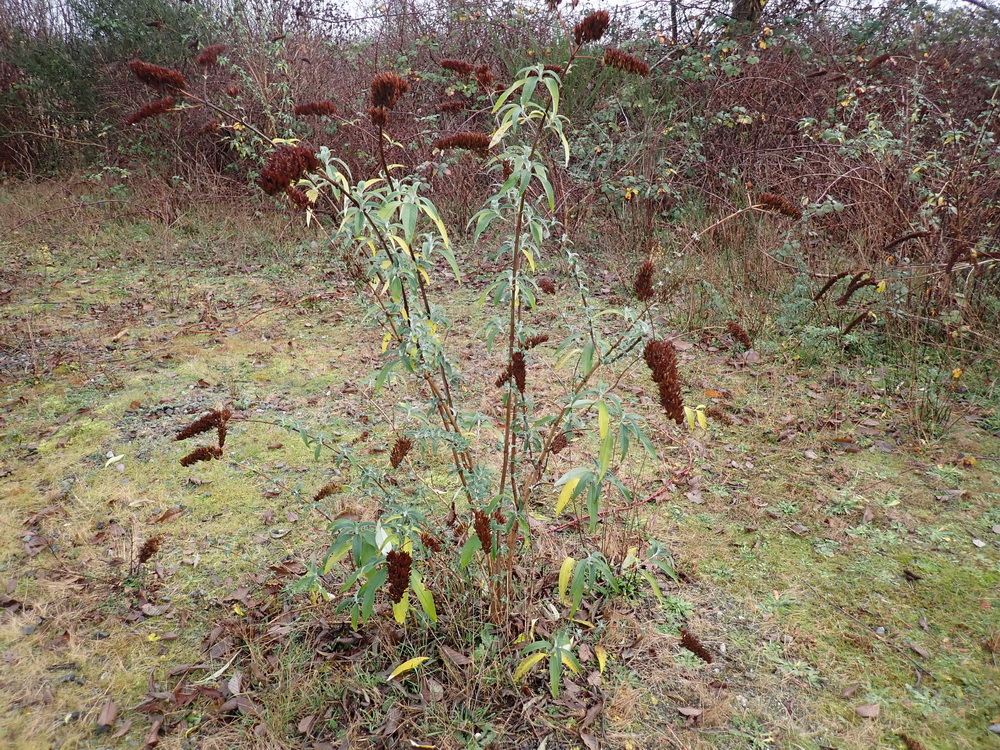
Spurge Laurel (Daphne Laureola)
Spurge laurel, a Class B noxious weed in the State of Washington, has spread in the Puget Lowlands by birds that eat its fruit. Its attractive appearance, fragrant flowers, and dark berries belie its toxicity and invasive habits.
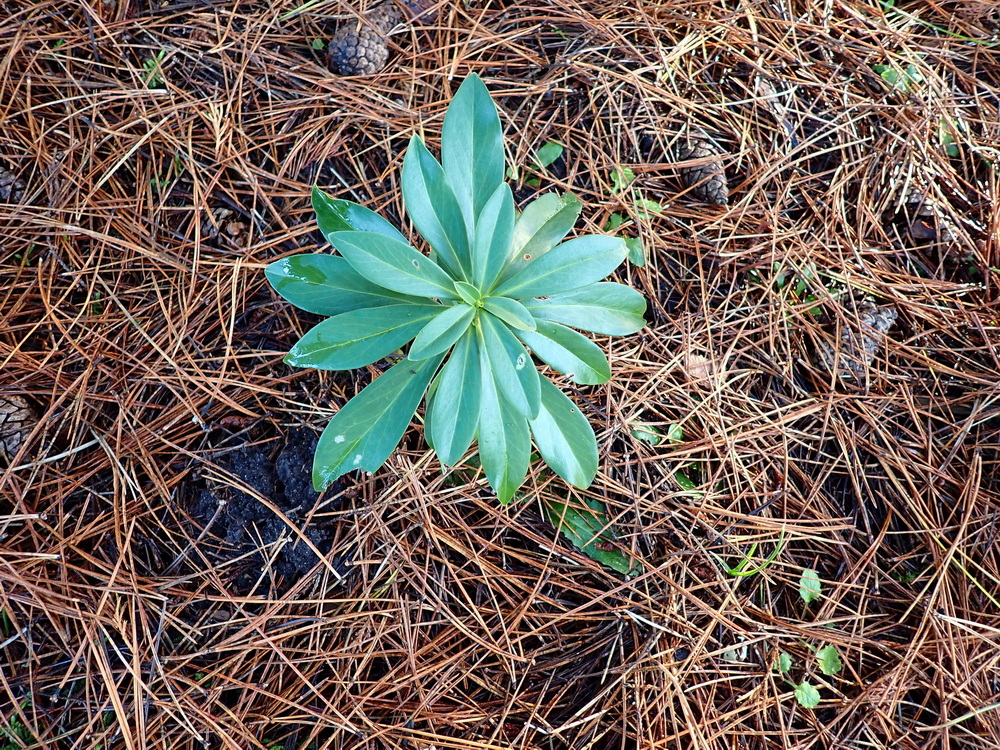
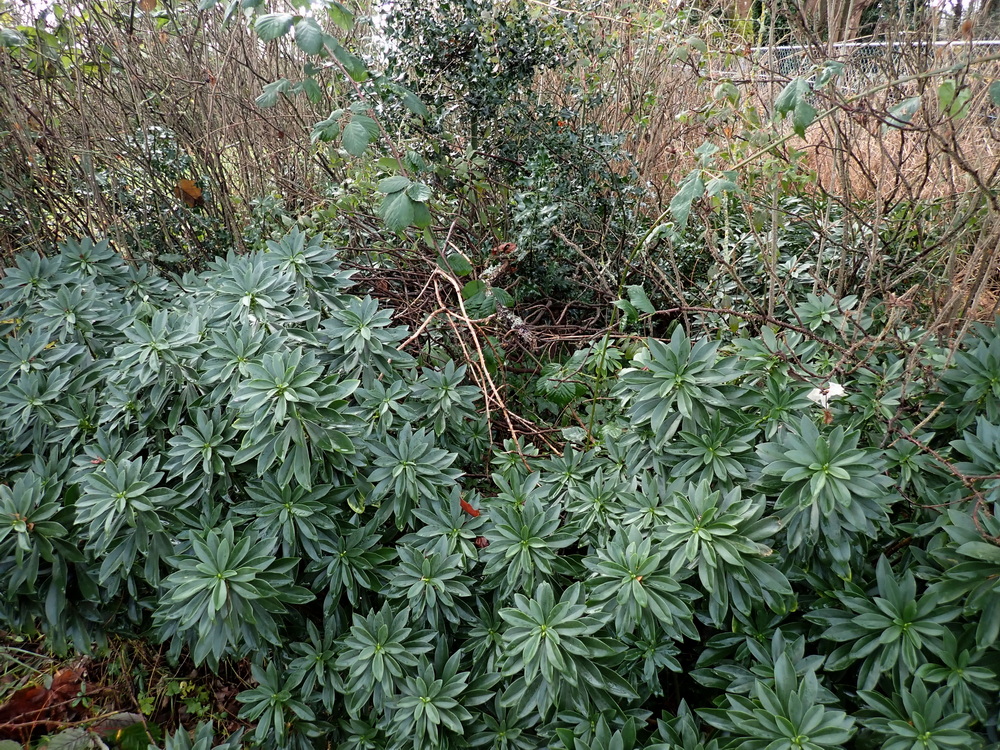
Privets (Various Ligustrum Cultivars)
“Privet forms dense stands that outcompete native plants for space, light, and water.” (Kaufman page 86)
Various privet cultivars are sold in retail nurseries, primarily for use in clipped hedges. Already a serious invasive in the southeastern United States, varieties that produce bird-friendly fruit are enabling privet to become naturalized in the Puget Lowlands.
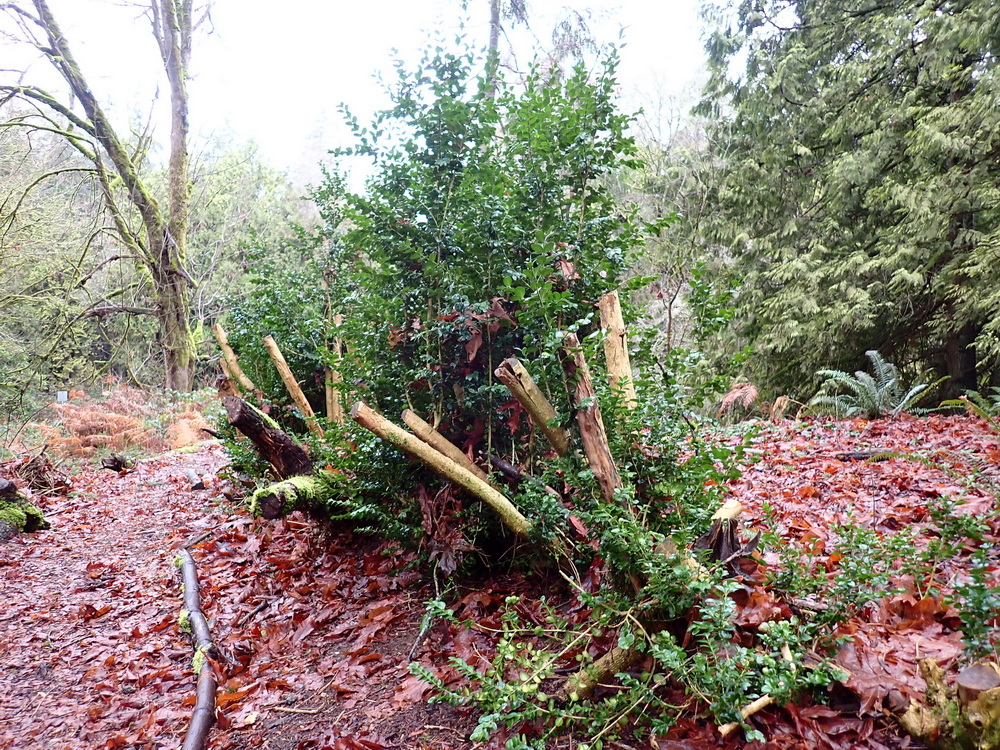
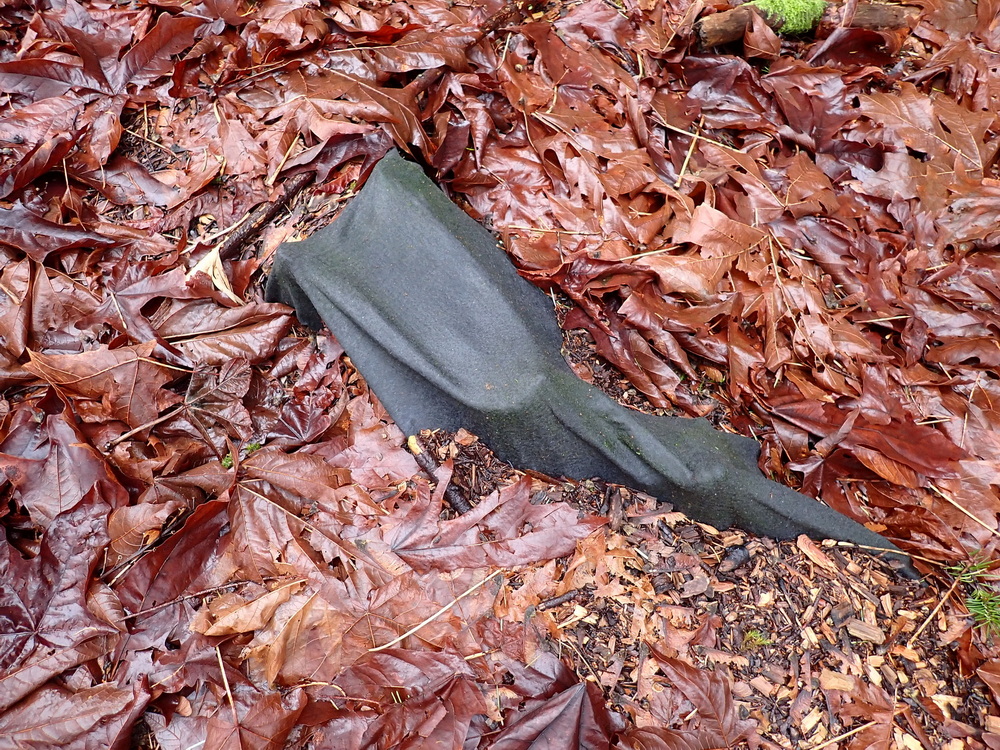
Cotoneasters (C. Simonsii, C. Rehderi, and Others)
EarthCorps includes cotoneaster in their two-page fact sheet, Invasive Shrubs of the Puget Sound Region.
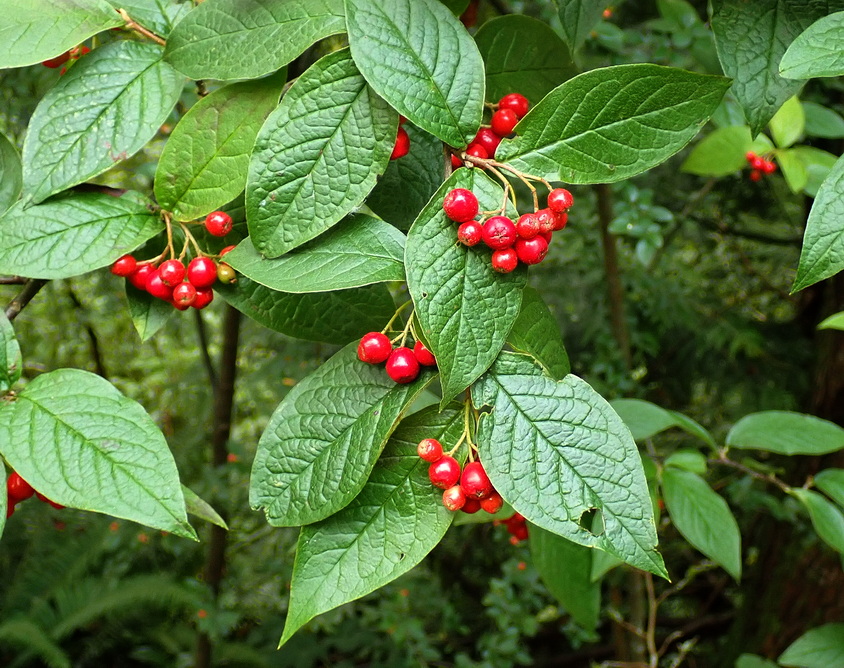
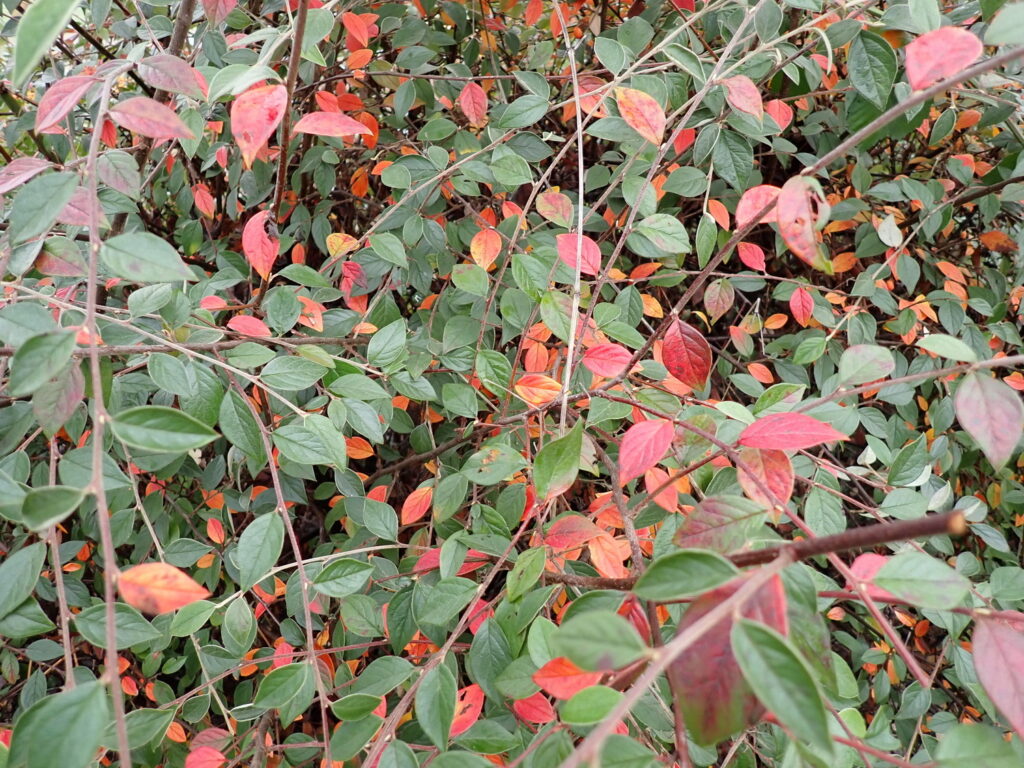
Review of General Control Strategies
Preferably, remove invasive shrubs manually when they are still small, getting all or at least most of the roots with minimal disturbance to the ground.
- Seedlings can be pulled by hand.
- Shrubs with woody stems up to about 1 inch in diameter may give way to a pry-and-prop with a shovel.
- Shrubs with woody stems up to about 2 inches in diameter can usually be removed with a weed wrench.
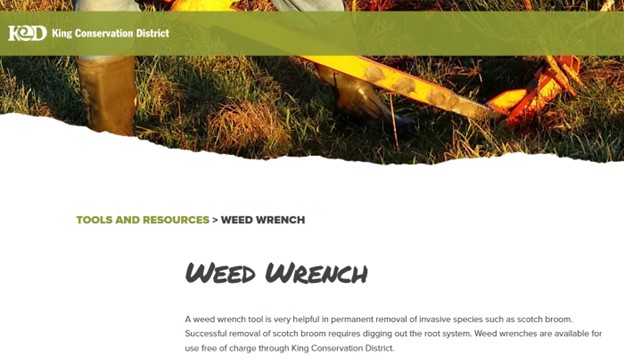
Larger shrubs are problematic.
- Digging out large shrubs severely disrupts the soil.
- Repeatedly cutting shrubs to ground level will eventually kill them but can take years.
- Cutting shrubs to the ground and covering the stumps with thick black landscape fabric for several years may work.
- If you’re not opposed to the limited use of herbicides, the cut-stump treatment is usually effective. The U.S. Forest Service permits spot spray and selective applications of triclopyr. Cut-stump treatments can be effective at most times of the year except during heavy sap flow (typically during early Spring).